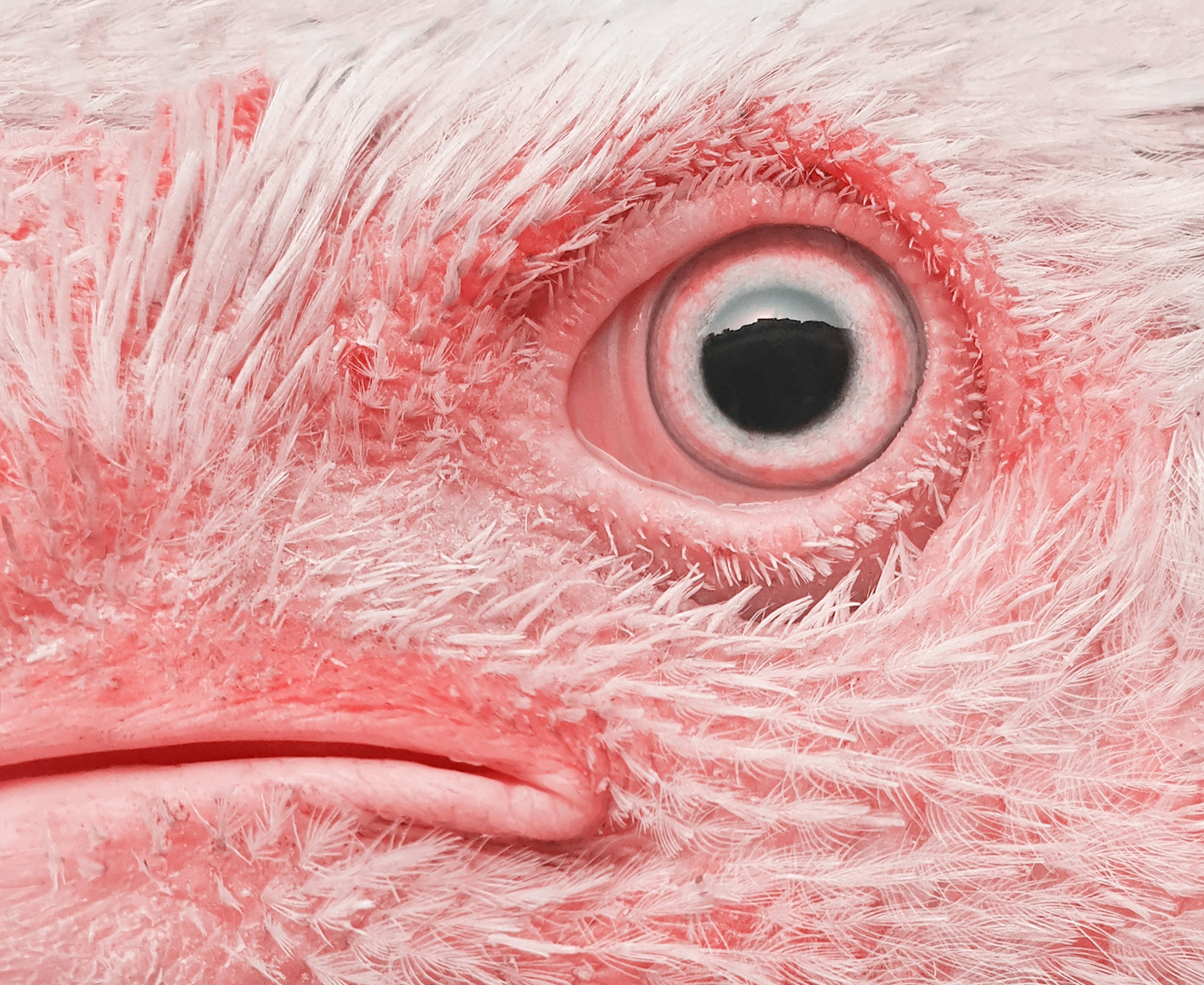Media release
From:
PNAS
Mutation in influenza virus strain and human infection
A study finds that a single amino acid mutation in the H5 2.3.4.4e strain of influenza A viruses, which are highly pathogenic in many species of birds and mammals worldwide, could potentially allow the viral strain to infect and transmit between humans. The findings underscore the importance of monitoring mutations in influenza viruses as well as monitoring the pandemic potential of specific viral strains, according to the authors.
Journal/
conference:
Proceedings of the National Academy of Sciences (PNAS)
Organisation/s:
Utrecht University, The Netherlands
Funder:
R.P.d.V. is a recipient of an ERC Starting grant from the European Commission (802780) and is supported by the Mizutani Foundation for Glycoscience. This research was made possible by funding from International coordination of research on infectious diseases, an European Research Area Network cofunded under the European Union’s Horizon 2020 research and innovation programme (https://ec.europa.eu/programmes/horizon2020/en), under Grant Agreement no. 862605 (Flu-Switch) to R.P.d.V. R.P.d.V and M.R.C are supported by an NWO-M2 (OCENW.M20.106). The glycan array setup was supported by the Netherlands Organization for Scientific Research (NWO, TOP-PUNT 718.015.003 to G.-J.B.). This structural biology research at Scripps Research was partially funded by NIH National Institute of Allergy and Infectious Diseases Centers of Excellence for Influenza Research and Response contract 75N93021C00015/PENN CEIRR (I.A.W.). X-ray diffraction datasets were collected at the Stanford Synchrotron Radiation Lightsource (SSRL) beamline 12-1. Use of the SSRL, Stanford Linear Accelerator Center National Accelerator Laboratory, is supported by the US Department of Energy (DOE), Office of Science, Office of Basic Energy Sciences under Contract No. DE-AC02-76SF00515. The SSRL Structural Molecular Biology Program is supported by the DOE Office of Biological and Environmental Research and by the NIH, National Institute of General Medical Sciences (P30GM133894). The contents of this publication are solely the responsibility of the authors and do not necessarily represent the official views of National Institute of General Medical Sciences or NIH. We gratefully acknowledge all data contributors, i.e., the authors and their originating laboratories responsible for obtaining the specimens and their submitting laboratories for generating the genetic sequence and metadata and sharing via the Global Initiative on Sharing All Influenza Data Initiative, on which part of this research is based.



 International
International



